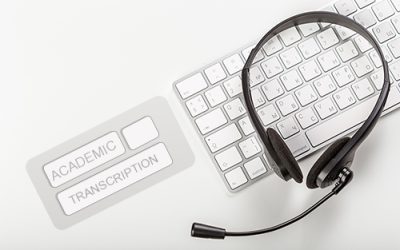
Though webcasts can be used in the same manner as libraries to search for, retrieve or browse information, a major obstacle that prevents them from becoming a digital library is that the information with webcasts is mainly transmitted and stored in spoken form. Text transcripts facilitate skimming or browsing the archives of webcast recordings online since search engines index only text, not audio or video. Even though automatic speech recognition software can be used to generate transcripts automatically, their performance is not that satisfactory. Here are the benefits of choosing a transcription service as an alternative solution.
- Enhance Accuracy – The major challenge when using automated speech recognition software is the mismatch between the language used by the lecturer and the predictive language model used by the software. The software may not be able to understand the particular speech style, accent and large vocabularies used by the lecturer, and if such a mismatch occurs, it may result in grave errors. Poor acoustic conditions may also trigger speech recognition software to make errors. Lecturers will require spending a lot of time to correct such errors before archiving their webcasts, which would be annoying to both lecturers and students. While relying upon a transcription service, there would be a quality assurance team to take care of the accuracy. The team comprised of proofreaders and editors would thoroughly check the lecture transcripts created by transcriptionists before sending them back to you.
- Ability to Perform All Text-related Processes – With a transcription service at hand, you can perform all text-related processes such as transcription, summarization, annotation and simplification. On the other hand, automated speech recognition simply transcribes the audio within the webcasts.
- Captioning Academic Videos Effectively – Though speech recognition software can be used for captioning academic videos, fully automated captioning is not possible. The software can create captions from the transcript. However, the captions may not be accurate all the time since speech recognition recognizes a known word or phrase spoken rather than what was actually spoken. This will involve lecturers making lots of time-consuming caption edits to ensure speaker identification, placement of captions, adjustments for sound effects and other kinds of information. Outsourcing such work to a transcription service provider is a practical solution to benefit from reduced workload, accurate transcription and timely services.



